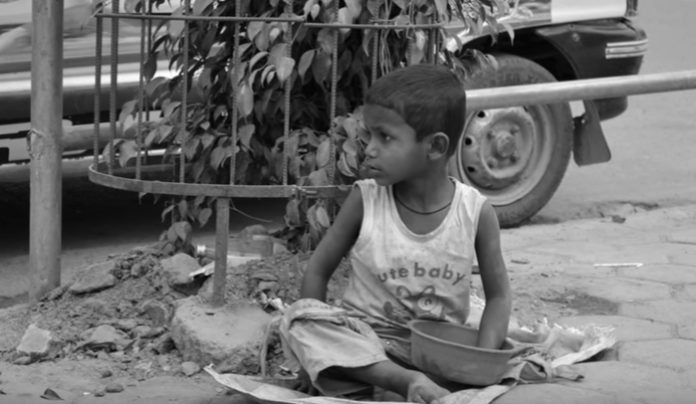In the mountainous nation of Nepal, more than 30% of the population currently lives on the equivalent of $14 per person, per month. This is despite having a published poverty rate of 25.2%. What is the difference in this data? The national poverty line is established by the government of Nepal, while the higher figures come from independent reports by organizations such as The World Bank.
What Contributes to the High Nepal Poverty Rate?
In the rural areas of Nepal, especially in the Midwest and the Far West of the country, poverty is at extremely high levels. The overall poverty rate in these regions is consistently at 45%. For those who are not living in poverty right now in these regions, one catastrophic event is all that is required for them to begin living in poverty.
When the April 2015 earthquake struck Nepal, it caused more than 1 million people in the nation to fall below the government-established poverty line.
From information published by the India Times, any event such as the 2015 earthquake has the potential of increasing the poverty rate in Nepal upwards by up to 3.5% per incident.
Why Are There Disparities in the Poverty Rates?
Many of the rural villages in Nepal are difficult to access. Even assigned government workers may only reach these villages 1-3 times per year. This means the figures may not always be accurate.
The population centers in Nepal have been growing over the last 30 years as well. 75% of the population now lives in what would be considered an urban area. This migration to the cities has helped to reduce the poverty rate in the country. From 2013 data, just 9.7% of those living in urban centers are currently living below the poverty rate.
What Does This Data Mean?
Poverty rates in Nepal are established based on extreme poverty rates, or having a household living at $1.25 per day or less. If the poverty line were raised to just $2 per day, per household, then the Nepal poverty rate would be nearly 60%.
Nepal has made many improvements to their infrastructure, resource distribution systems, and healthcare access. They have risen quickly on the Human Development Index because of their emphasis on making these improvements. Yet for many, just one bad day is still enough to put an entire household back into poverty.
Crystal Lombardo is a contributing editor for Vision Launch. Crystal is a seasoned writer and researcher with over 10 years of experience. She has been an editor of three popular blogs that each have had over 500,000 monthly readers.


















